Note: This post contains affiliate links. If you use the links in this post to make a purchase, I will receive a small percentage of the purchase. This helps me maintain the website, and I appreciate your support!
The question I get asked most often is, "Great photos! What camera do you use?"
First of all, I'm flattered. Second, you do not need a fancy camera to take great photos! You can capture a great memory whether you have a DSLR, smart phone, or even a polaroid! An expensive camera is not required to compose a quality image.
That being said, I do love to talk shop, and I am more than happy to give you a peek into my camera bag and share the gear that I use to share my adventures!
Books
Yes! I'm starting this "gear" discussion with books! I learned all about exposure and composition by reading these books on the trains between Italian cities while I was studying abroad in Genoa. I'd read, then immediately get off the train and field test my new knowledge.Understanding Exposure, 3rd Edition: How to Shoot Great Photographs with Any Camera
Bryan Peterson's Understanding Exposure is how I learned to shoot in manual mode. It's always the first resource I recommend to people looking to learn photography. His voice is very casual, and he includes great analogies which are memorable, as well as helpful example photographs. The explanations of aperture, shutter speed, and ISO are so clear and easy to understand. If you want to learn photography, read this book!
Understanding Composition Field Guide: How to See and Photograph Images with Impact
Bryan Peterson explains the rules of composition and when to break them in easy-to-understand language with many examples. Rule of thirds, golden triangle - whether you shoot with a DSLR or your cell phone, a captivating composition will push your photography to the next level.
DSLR Camera Body
Nikon and Canon have long been the big name camera brands. Sony has recently become popular with their mirrorless cameras (see my discussion on mirrorless cameras below in the section below). As to which camera is best, that's more of a personal decision, and once you choose, you'll probably stick with that brand for life. My first camera was a Nikon, and I've bought Nikons ever sense. I recently toyed with the idea of changing brands, but I already have Nikon batteries and Nikon F-mount lenses... compatibility-wise, it just makes sense to continue with Nikon.
I recently made the upgrade to a full-frame camera body and purchased a used Nikon D750 from eBay. I went for the D750 instead of the newest model, the Nikon D780 because the difference in specs between the two models (most notable with the D780 is the increased ISO capabilities) wasn't a gamechanger for me. Also, the D750 body is more similar to my D7100 as far as button layout, so the D750 would be an easier shift as far as ergonomics and muscle memory. By purchasing used, I was able to stretch my budget a lot further which means more money to spend on lenses. Full-frame digital sensors are 1.5x larger than crop sensors and have a wider field of view.
My camera is officially old, guys. The newest model of my camera and what I recommend to anyone serious about hobby photography and ready to purchase a DSLR is the Nikon D7500 (or consider purchasing a used D7100 or D7200 from eBay). It's the highest-quality crop sensor DSLR that Nikon sells. I love its high ISO capabilities which allow me to shoot in handheld low-light situations, as well as its sharpness and quick auto-focus. I've had this camera body since 2013, have used it to photograph many vacations, events, and adventures - ten years later, it's still going strong. Seriously, I've put this camera through a lot. It's gone with me on countless roller coasters, braved the rain, and even waded out to a floating bar. My philosophy on cameras is that I purchase them so that I can use them. I would never recommend spending an amount on a camera that makes you hesitant to use it.
If you're just dipping your toes into the world of DSLR photography, the Nikon D3500 is Nikon's "starter DSLR" at an affordable entry-level price. This is a great option for many people, whether you want to learn manual photography or are just looking for an upgrade from your iPhone for vacation photos. It's also great for older children/teens just getting into photography (it's pretty lightweight compared to most DSLRs). Then there's the middle ground, the Nikon D5600. This is the camera that I typically don't recommend because the technical specifications aren't far superior to the D3500. Still, it's got some cool features - most notably the ability to flip out the preview screen (like taking a photo in "selfie" mode but with the main/only lens), which is a feature that I think would be great for someone who plans to use their DSLR camera for vlogging.
No matter what camera body you choose, my recommendation is to skip buying the camera kit (comes with one or two starter lenses and a bunch of cheap accessories) and purchase the camera body only. Then purchase your (upgraded) lenses separately. And if you're on a budget and trying to decide between upgrading the camera body or camera lens, I would suggest upgrading the lens. You could always upgrade your camera body later, and unless you're switching from crop-frame to full-frame or changing brands, you'll still be able to use your lenses with the new body. Camera bodies depreciate over time as new models become available, while lenses tend to retain their value.
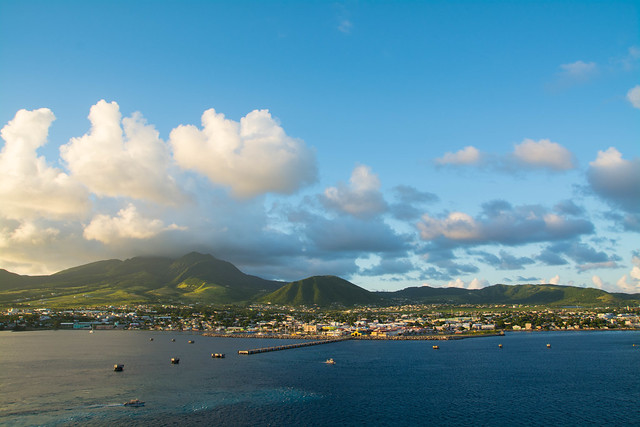 |
| Nikon D7100 and Tamron 17-50mm |
Mirrorless Camera
Back in 2012, I came across the beautiful Nikon 1 J1 on Nikon's website, and took a great leap of faith into the mirrorless camera game..... WAY TOO SOON! I won't say that I regret this decision because owning the Nikon 1 J1 is what lead to me learning manual photography. It wasn't the best tool, but it was a tool for me to learn photography on. Also, because it was so small and lightweight, I could take it with me everywhere. It was a great camera for studying abroad in Europe, and I even loaned it to Rachel for her to take on her European backpacking trip. I still own this camera today, and I pull it out from time to time when I need something compact but with a greater focal length than an iPhone (the more the smart phone camera evolves, the more obsolete this camera becomes).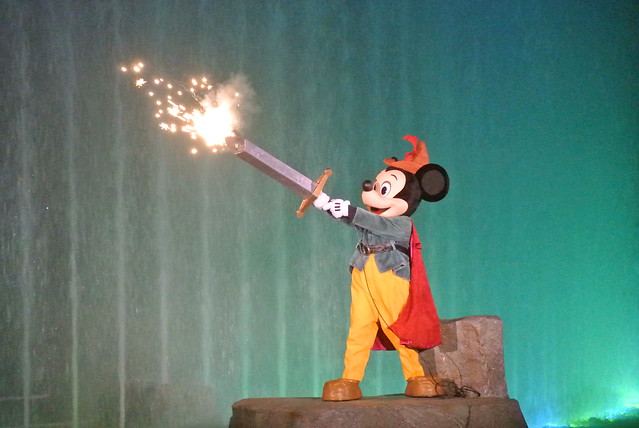 |
| Nikon 1 J1 and Nikon 1 30-110mm |
Nikon has since discontinued the Nikon 1 and has re-entered the mirrorless market with the *incredibly expensive* Z series. I was skeptical when the Z series was first introduced, but Nikon has finally found success with mirrorless cameras, and it looks like the industry is moving in the direction of mirrorless. Nikon has a wide range of Z series mirrorless camera bodies, from the crop sensor Z30 to the full frame Z9 which Nikon has proclaimed its new flagship. Other brands have also geared toward mirrorless. Sony really paved the way with mirrorless camera bodies. Personally, I find Sony's nomenclature very confusing. If you're considering a Sony mirrorless, I highly recommend Ken Rockwell's comprehensive post of all Sony Cameras Compared. He also has a wonderful post on Sony v. Nikon v. Canon Mirrorless Cameras Compared.
I wouldn't dissuade anyone from purchasing a mirrorless camera. It's pretty clear that the camera industry has shifted toward mirrorless. However, I personally made the decision not to go mirrorless at this time. Based on the number of updated versions of each mirrorless body that have been released, I think the technology is still rapidly improving when it comes to features offered and specifications. Compare that to DSLR camera bodies which have really stalled out in release, and the specs between model versions are barely different. Nikon's most recent DSLR releases were the D780 in 2019 and D6 in 2020 - I think partially due to their new focus toward mirrorless, and also due to there not being that many improvements to be made. On top of that, mirrorless bodies and lenses are very expensive, while DSLR bodies and lenses are remarkably affordable right now, especially on the resell market as people who have made the switch to mirrorless are now selling their old gear. So instead of buying a new mirrorless body, I decided to purchase a used Nikon D750 and NIKKOR 28-300mm f/3.5-5.6G VR lens from eBay for less than the price of a Nikon Z5 body.
Lenses
While camera bodies are constantly improving with new technology and replaced by newer models, camera lenses retain their value for much longer. When choosing a lens, look for lenses with fixed low apertures (ideally f/2.8 or lower). Fixed means that whether your lens is at 50mm or 17mm, the aperture can be the same - unlike a lens with a variable aperture which may have f/2.8 capability at 17mm, but only f/5.6mm at 50mm. A low aperture (low f/ number) allows more light to enter the lens and will give you better low-light shots.Tamron SP AF 17-50mm F/2.8 Zoom Lens
This lens is my rock. The Tamron 17-50mm f/2.8 is my go-to walk-around lens for my D7100. Perhaps it is on my camera too much... but I find it ideal for most of my shooting situations. The 17mm depth is rather wide which works well for landscapes and interior architecture. The 50mm depth is great for food photos with shallow depth of field, as well as portraits. And the fixed f/2.8 aperture is helpful for handheld photography in low light, and can render fabulous bokeh with a shallow depth of field. If you're looking for an upgrade for your standard 18-55mm kit lens, this is it.
Tokina DX 11-16mm Ultra-Wide Angle Lens for Nikon
Ever wonder how I make my tiny cruise ship stateroom look so large? The Ultra-Wide angle lens is a fun one to use. At f/2.8, it can take sharp photos in low light. I've found this lens to perform really well at night. There is a bit of distortion, but nothing that you can't use to your advantage or correct in post-processing. Without much focal length, it's a bit of a niche lens and not always practical to use, but great for creative shots.
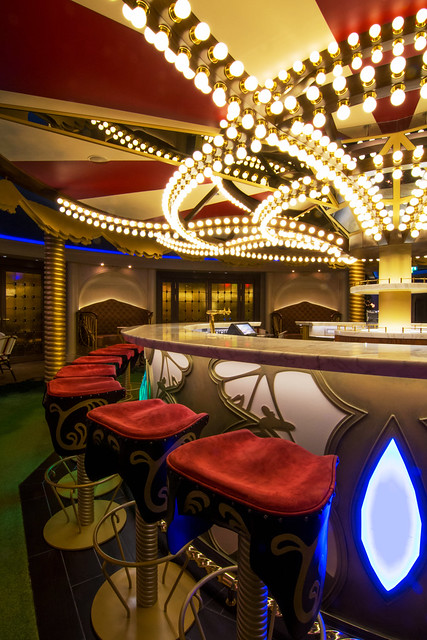 |
| Nikon D7100 and Tokina 11-16mm |
Nikon AF-S DX NIKKOR 35mm f/1.8G Lens
This is a fixed focal length lens, meaning that the only way to "zoom in" is to get physically closer to your subject. The advantage to fixed focal length is that it's smaller and more lightweight than a zoom lens. With a wide aperture of f/1.8, it's great for handheld shots in low light. I purchased mine used on eBay.
This is a full-frame lens, and the first that I purchased for my D750. It has incredible focal range, making this a great do-it-all travel lens. Vibration Reduction is handy when photographing from moving vehicles or taking snapshots while walking and allows you to handhold the camera in low light. The focal length is for a full-frame camera, but this F mount lens will work on a DX camera, providing even greater focal length, similar to 42-450mm. I purchased mine used on eBay.
Flash
Nikon SB-700 AF Speedlight FlashYou know that little flash that pops up around the viewfinder? Shove it back in! An external flash can level-up your photographs of people and food photos. I like the SB-700 because the head position is very adjustable which allows me to bounce light, TTL exposure is very accurate, and it comes with a diffusion dome and filters.
Diffuser Light Softbox for Nikon Speedlight
Okay, so you've got the external flash, but you don't want your subjects to have emphasized wrinkles and pores or harsh shadows on their face. Yes, thanks - how considerate of you! Attach this portable, foldable softbox to your speedlight, and bless your subjects with model-glowy skin. I admit, this attachment can call some attention to you, but I'll pull it out when I'm photographing my family on formal night or whenever someone asks me if I can help them take a nice headshot.
 |
| Nikon D7100, Tamron 16-50mm, Nikon SB-700 Flash |
Tripods
Velbon Ultra LUXi L III Aluminum TripodAfter my Mefoto Backpacker broke on me inconveniently when I was attempting to photograph Illuminations from the fireworks cruise pontoon, I ditched MeFoto for Velbon - a Japanese brand which I've been able to purchase only on eBay. This was a big step up for me. It's a lot taller than the Backpacker - I can actually position the camera over my head for a better view. It's lightweight, but feels much more durable. The leg extension cascading is sturdier, and easier to lock out. I took this with me on the Harmony of the Seas, and while it fit easily in my suitcase, it's what I pulled out of my bag at the airport and hand-carried on the plane when I told that my bag was overweight. I will say that the case for the LUXi L III is cheap and pointless - the zipper broke almost immediately, and I tossed it because it wasn't useful or worth repairing. Really no need for a tripod case - they just add bulk when you're trying to pack.
Wireless Remote
Nikon Wireless Shutter Release RemoteTo prevent camera shake with long exposure shots, I use a wireless remote to release the shutter. When I photograph fireworks or 30+ second exposures, I set my camera to bulb and use the remote to open and close the shutter. It's also great for photos that you want to be in yourself, and if you set the shutter release on a 3-second delay, you'll have time to hide the remote in your shot. I used to recommend an off-brand version for this, but after having several give out on me, I've gone back to using the Nikon brand remote.
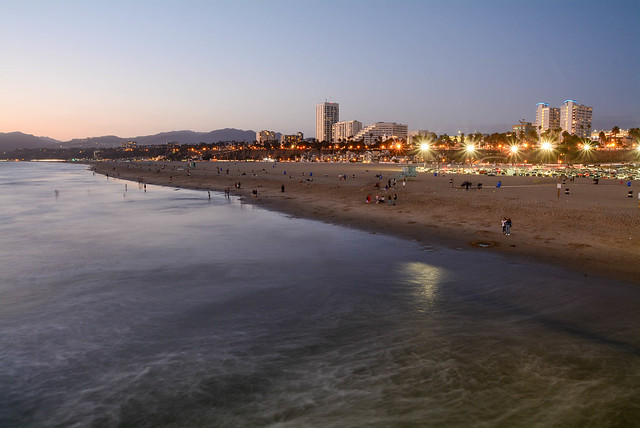 |
| Nikon D7100 and Tamron 17-55mm, 10s exposure |
GoPro / Action Cam
GoPro Hero 8 Black |
| GoPro Hero 8 Black with Joby Suction Cup Mount with Gorillapod Arm |
GoPro batteries don't last very long, so spare batteries and a dual charger are a must-have. I have the official GoPro batteries and dual charger. There are many off-brand varieties out there, but I can't vouch for how well they'll work.
Because the GoPro has a wide focal length, an extendable pole mount is critical to get the camera closer to the subject. I have the Smatree Extendable Aluminum Selfie Stick, and I like it because it's lightweight and easy to carry. You can use the selfie stick for different camera movements/pans and to create drone-like shots.
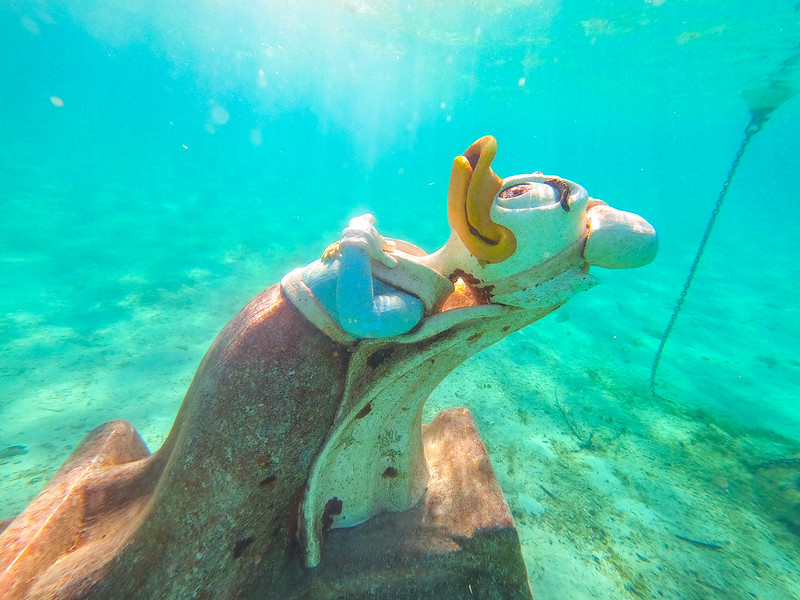 |
| GoPro Hero 8 Black |
The suction cup mount is great for attaching the camera to metal, plastic, and glass surfaces. I use this the most to attach to the cruise ship balcony railing for timelapse videos.
 |
| GoPro Hero 8 Black with Joby Suction Cup Mount |
Whenever I mount my GoPro in a risky position, I secure it with stainless steel tether cable as a secondary attachment. That way, if my mount fails, I won't lose my camera.
The only way to bring your GoPro on the Aqua Duck on Disney Fantasy/Dream is if it's on a wrist mount or a head mount. Head mounts are cumbersome and dorky-looking, so I prefer a wrist mount.
Camera Bag
I've spent years searching for the perfect camera bag. At five feet tall, it's been a challenge to find a bag that fits my proportions, given that most camera bags are designed for the average man. It was actually Aaron who researched and found the Brevite Jumper Camera Backpack which I have in lemon yellow. I specifically wanted a backpack so that the weight of my gear could be distributed evenly across my shoulders (messenger-style bags really aggravate my right shoulder). The cushioned adjustable straps can be adjusted to fit my torso, as well as Aaron's. The Brevite backpack has a luggage pass-thru strap so that I can set my backpack on top of my rolling suitcase when traveling, once again sparing my shoulders. The bag has a laptop sleeve that is separate from the main compartment, making it easy to pull my laptop out for airport security.The Brevite camera backpack comes with padded dividers which attach to the interior with velcro and can be arranged to protect your gear. It has clever side and bottom zippers to the main compartment for easy to the bottom of the bag. When traveling, I pack my camera gear in the bottom of the bag, then use the top section to hold headphones and a book.
I'm super happy with the Brevite Jumper Camera Backpack. Both Aaron and I carry this backpack in our travels, and it's even my go-to bag when I'm not hauling a bunch of camera gear.

No comments:
Post a Comment